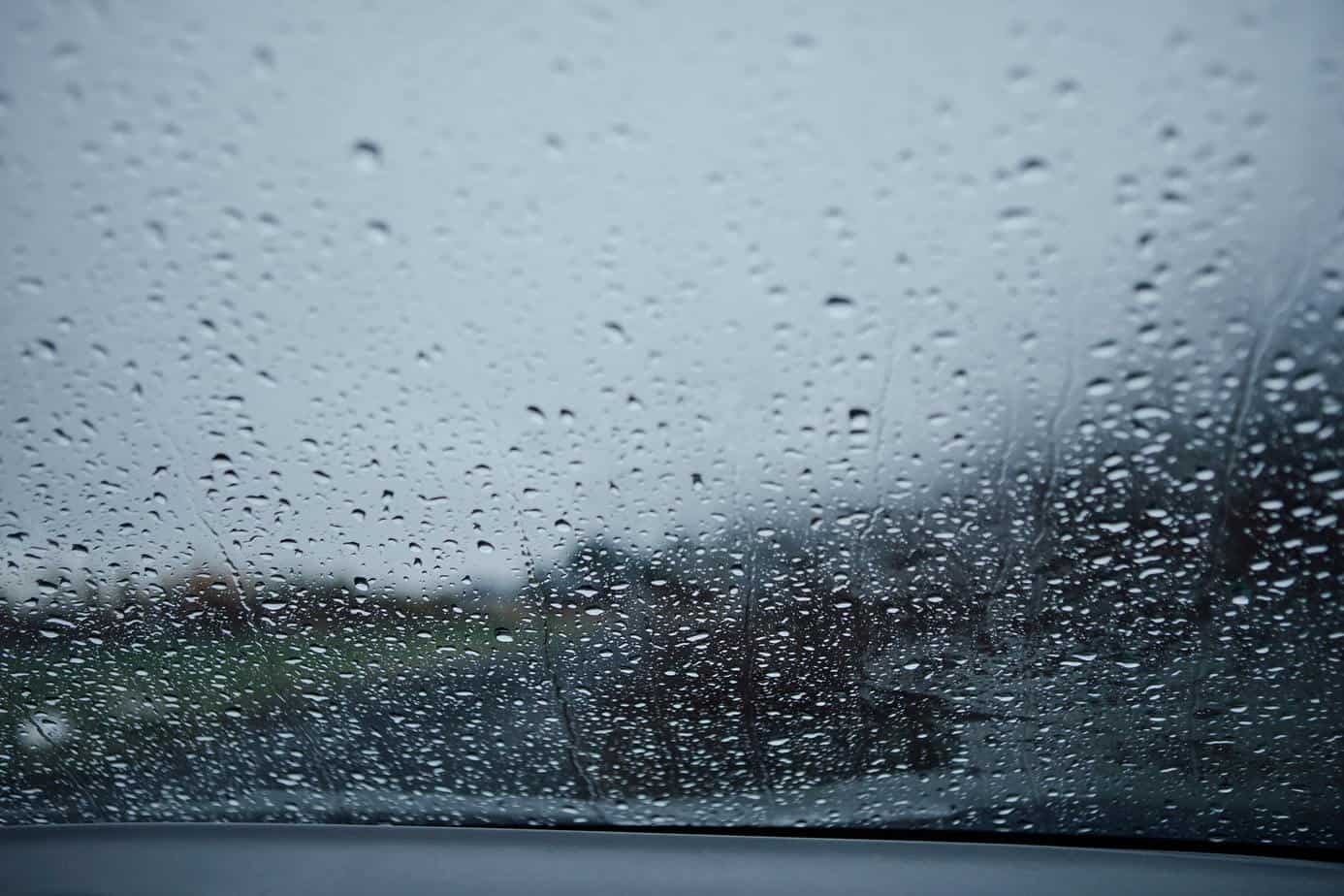
A phenomenon that is extremely common and ordinary, yet fascinating. Without the circulation of water in nature, there is no life. How is rain formed? What determines it? Why does it rain at this particular moment? Here are some important facts.
Rain is classified as atmospheric precipitation in the form of drops as small as 0.5 mm. Larger droplets break up as they fall. Smaller ones, less than 0.3 mm, are called drizzle
The hydrologic cycle requires that clouds form before rain can form. Water evaporates from bodies of water under the influence of solar energy. Soil, plants, and other living organisms also give it off. The heated air carries the water vapor molecules away; with altitude, the air cools and water vapor condenses. Water appears in the liquid state. Then we observe the formation of condensation nuclei – more water droplets start to settle on them. Clouds become visible
First of all, as the temperature drops, the droplets must rise. Then gravity acts and we can see rain, but also snow or hail. It turns out that most of the precipitation falls on the seas and oceans, only a fifth goes over land. This is influenced by the humidity of the air, which is much lower over the continent. Although rainfall is unevenly distributed around the world, it occurs over most of the globe. However, it does not occur where there is a polar climate and always negative temperatures do not allow rain to fall. The Earth is also very differentiated between places with very high rainfall (equatorial climate) and places where it rains very little (e.g. Arica in Chile or Wadi Halfa in Sudan).

First of all, it plays an important role in the hydro-circulation – without it the circulation of water in nature is not possible. On a practical level, it is through rainfall that animals and plants can be supplied. Vegetation must have an abundance of water in order to grow. It is also thanks to rainfall that the right level of groundwater, seas and oceans can be maintained. Finally – moisture is necessary for the survival of every living organism. Even those that are highly resistant to drought cannot completely do without the life-giving liquid.
It is definitely not possible to drink rainwater. Why? What you find in rainwater depends on what the rain encounters on its way. Unfortunately, but the air quality is often very bad these days. Therefore it is very rare that rainwater meets the requirements to be used for drinking purposes. What we can find in it? Besides micro-organisms, pollen and industrial pollutants, unfortunately sulfur dioxide, nitrogen oxide and hydrogen sulfide can also be found in rainwater
This phenomenon, very unfavorable for vegetation and monuments, is usually the result of human activity. How does it happen? We must remember that water is a very good solvent. Unfortunately, it also encounters, for example, sulfur dioxide on its way. Its combination with water creates sulfuric acid. It is not difficult to guess how destructive such precipitation can be when it falls on a forest or the facades of old buildings. The same is true when water combines with nitrogen oxides to form nitric acid. It turns out that by poisoning the air, we harm ourselves, and acid rain is proof of this.
Attempts of this kind can be successful. The idea is to spray artificial ice nuclei at the top of a cloud. Around them, more naturally created ice crystals appear very quickly. However, artificial precipitation is usually not intense and lasts a short time (several minutes at most).
Photo: jisoo kim/Unsplash